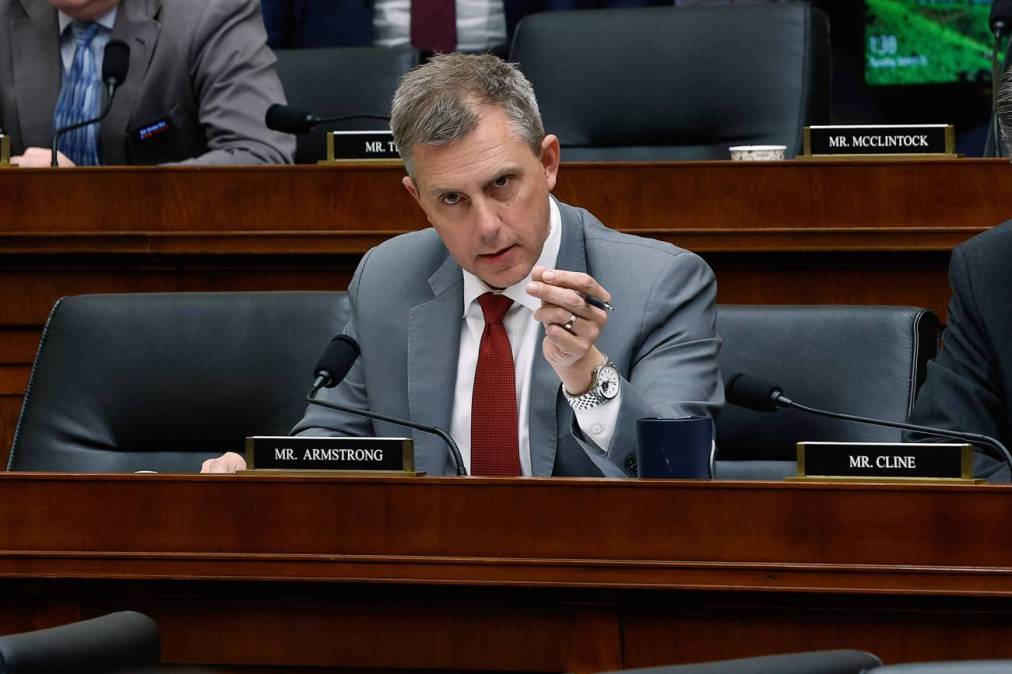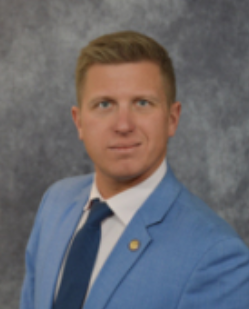North Dakota governor-elect names state lawmaker as new CIO

Rep. Kelly Armstrong, who will take office as North Dakota’s new governor next month, on Wednesday announced he’s retaining a handful of Gov. Doug Burgum’s Cabinet members, while also appointing several new faces, including a chief information officer.

Armstrong, a Republican who vice-chairs the House’s Energy and Commerce Committee, named state Rep. Corey Mock, a Democrat, as his CIO. Mock, who did not seek another term in the legislature, will replace Greg Hoffman atop the North Dakota Information Technology Department.
According to the announcement, Hoffman, who was only promoted to CIO last July, will return to his role as the state’s deputy CIO. In an interview with StateScoop last summer, Hoffman said he was centering his efforts as the state’s top technology official around a whole-of-state cybersecurity strategy and finding new uses of generative artificial intelligence. Last October, he said he was leading creation of the state’s first detailed, statewide application inventory.
The new roles will become official when Armstrong’s term begins on Dec. 15.
According to the North Dakota legislative branch website, Mock is a realtor and business and leadership consultant who has served in the state house since 2009. He thanked the governor-elect in a statement Wednesday.
“Technology plays an increasingly crucial role in delivering efficient, secure government services to our citizens,” Mock said. “I look forward to working with the dedicated professionals at ITD to advance North Dakota’s position as a leader in digital government.”
Mock, who will lead a state IT department that maintains a $275 million technology operating budget and 500 technology staff, told StateScoop in a phone interview that much of his work as a lawmaker over the past 16 years has been focused on IT, and that he formerly chaired the North Dakota House of Representatives’s IT committee.
“Since I’ve been in the legislature, we’ve gone from maintaining an infrastructure, implementing electronic health records, trying to deploy more in emergency services, trying to reinforce our network backbone and bringing all our political subdivisions and getting everyone tied into the network,” Mock said.
Mock also pointed to an initiative of the outgoing Burgum — whom President-elect Donald Trump recently selected as his interior secretary — to consolidate the state’s IT personnel under a centralized department, a practice widely considered to bring greater efficiency to state governments.
Armstrong wants to build on that work, Mock said.
“We’ve laid this out, we’ve started to bring IT professionals under one administrative home,” he said. “Now we need to look at how we’re delivering the quality of service. How are we supporting our agencies, how do we make sure we’ve got transparency in the finances.”
Mock said he also wants to address the difficulty agencies sometimes face in funding unexpected IT costs under the state’s centralized IT model.
“We want to improve the delivery of services, enhancing the quality of customer support, making sure we’re all working together, but also doing it in a way that is not putting agencies in a pinch financially, forcing them to make difficult administrative decisions and then having to come to the legislature to beg for the resources when they didn’t control the expense on the front end,” he said.






